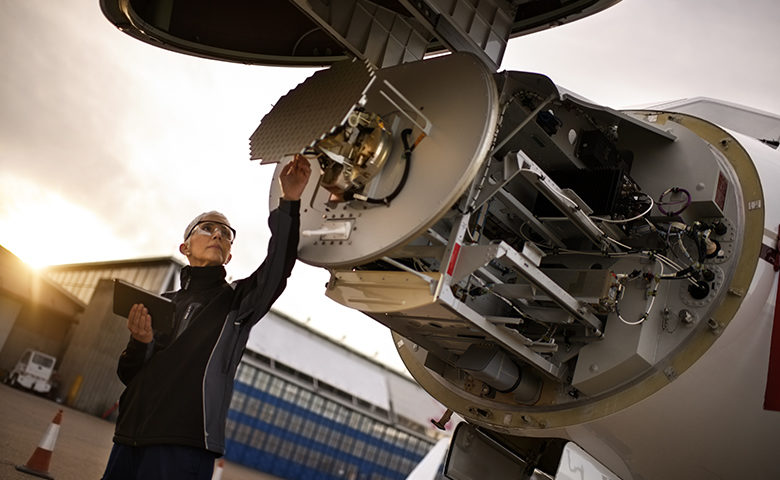Among the many workplace hazards that affect aviation workers, falls and back injuries are the most common. The industry shares a lot of similarities with other sectors where people frequently trip and fall or hurt their backs despite engineering precautions and training on correct lifting techniques.
When rushing or complacent, people are likely to ignore certain basic safety requirements. They don’t necessarily do it because they don’t think they’ll get hurt. Sometimes they forget to or are put in a situation in which it’s easy to overlook the need to test their footing or pick up a heavy object the correct way.
Whatever the reason, it’s important to take a look at why certain decisions, like neglecting correct lifting techniques, are made. Here are several reasons why employees in the aviation industry are injured on the job.
Systemic issues
It’s important to investigate whether system issues are causing employees to risk their health and safety. Is the job making it impossible for them to use correct lifting techniques? Is it putting strain on their backs through unchecked repetitive movement or bad design? Are they required to rush over slippery or icy surfaces because of scheduling issues? Were they trained properly? Any attempt to resolve these issues should begin with finding out whether there are environmental or other large-scale reasons why common incidents happen.
Inadequate visual reminders
Posters and other visual reminders are a great way to help workers recall the importance of correct lifting techniques, stretching, and other safety issues. Conduct an inspection to confirm whether you have enough visual reminders displayed around workstations. (If you’re not sure what you’re looking for, this guide to safety posters is a good place to start.)
It’s worth remembering, however, that old posters and notices blend into the background and they need to be changed regularly, otherwise, their purpose is quickly forgotten.
Weak support system
If the workers find it hard to remember to stretch, lift correctly, or test their footing to prevent slipping, they should be encouraged to pay attention to each other. But it needs to be emphasized that they’re not doing it to report each other, but only to remind their colleagues about safety. People are more likely to care about the safety of others than for their own well-being, and this fact can be used to improve everyone’s safety.
Encouraging workers to look out for each other not only helps with improving compliance, but it also builds trust among coworkers and creates a culture of safety. This is vital in the aviation industry because the safety of others is such a huge part of the business. If employees are not taught to care about the safety of their colleagues, why would they care about the safety of the client?
In addition, watching others for unsafe behavior makes people more likely to adjust their own actions and become safer as a result. Seeing someone use incorrect lifting techniques can remind an employee to do it properly themselves.
Missing employee awareness in training
Employee awareness can help workers better navigate hazards in the workplace. The physical hazards will still be there, but workers’ will be more aware of the mental states and other issues that could cause them to come into contact with the hazards.
This is why human factors training is so important—it complements engineering solutions and other attempts to deal with physical hazards. Human factors training reduces human error and makes employees more aware of their actions.
The aviation industry must keep its feet firmly on the ground when it comes to employee safety. And there are steps that employers can take to prevent serious injuries among workers, from looking for structural issues in the workplace to providing employees with training on human factors and error. By being proactive, aviation companies can build a healthy safety culture that will improve productivity and, most importantly, reduce injuries.

